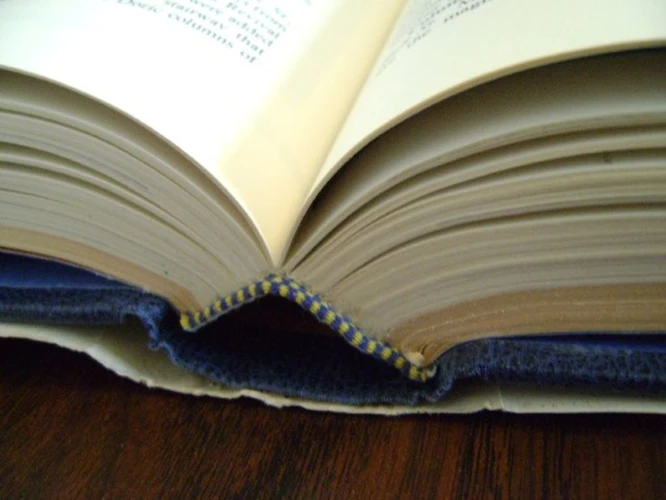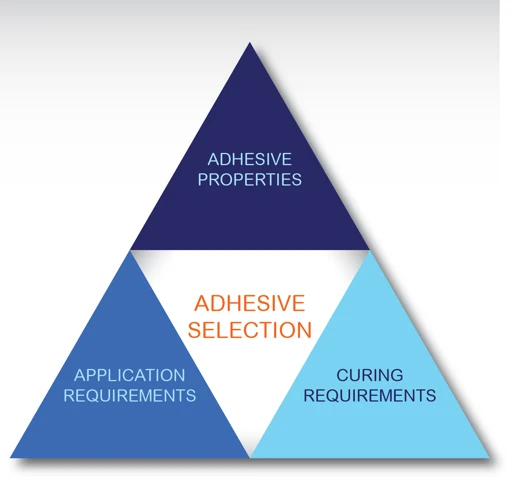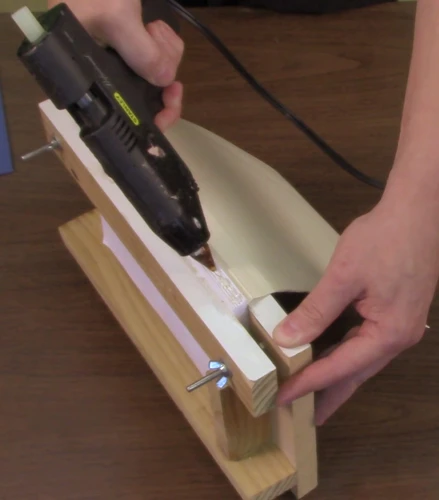Introduction to Bookbinding Techniques
Bookbinding is a meticulous process that transforms loose pages into a cohesive volume. It encompasses various techniques, each with unique steps and aesthetic outcomes. Whether through saddle stitching, perfect binding, or case binding, these methods share a common requirement: the need for a dependable adhesive.
Bookbinding Materials and Their Importance
Choosing the right bookbinding materials ensures the longevity and durability of the book. Besides paper and cover stock, adhesives are central to this craft. They bind the pages together, attach the text block to the cover, and play a vital role in the book’s usability and strength over time.
PVA Glue Book Binding: The Preferred Choice
Pros and Cons of Using PVA Glue for Bookbinding
Polyvinyl acetate (PVA) glue is widely acclaimed in the bookbinding community. It’s revered for its flexibility, strength, and longevity. PVA adhesive doesn’t easily brittle or yellow over time, making it an excellent choice for books that need to endure. However, it’s water-based, which can be a drawback for materials that are sensitive to moisture.
DIY Book Binding Glue: Creating Your Own PVA Adhesive
Creating diy book binding glue at home is a feasible task for enthusiasts. By mixing PVA with other ingredients, you can concoct a custom adhesive tailored to your specific bookbinding project. This handmade solution often proves to be cost-effective and satisfying for crafters.
Exploring the Best Glue for Bookbinding
Professional Bookbinding Adhesive Options
When it comes to professional bookbinding adhesive, options abound. From ethylene-vinyl acetate (EVA) to polyurethane reactive (PUR), professionals select adhesives based on the project’s needs. Each adhesive has its set of properties suitable for different types of paper and binding styles.
Choosing Strong Book Binding Glue for Durability
For a book to withstand frequent handling, a strong book binding glue is essential. It should be able to flex without cracking and hold the pages securely. Many professional binders opt for adhesives that not only offer robustness but also set quickly to improve efficiency.
Alternative Bookbinding Glue Options
Bookbinding Glue Alternatives: When PVA Isn’t Suitable
While PVA is a staple in bookbinding, there are situations where bookbinding glue alternatives are necessary. For example, some archival projects require reversible adhesives, and materials like animal glues or starch pastes can be used.
How to Select the Right Book Repair Glue
When repairing books, selecting the appropriate book repair glue is crucial. It should be compatible with the existing materials and age of the book. Typically, conservators look for reversible adhesives that can be removed without damaging the book should future repairs be needed.
The Role of Adhesives in Different Bookbinding Techniques
Perfect Binding and Its Adhesive Requirements
Perfect binding, a popular technique for paperbacks, relies on an adhesive that can hold pages together after they’ve been cut and squared off. The glue needs to be flexible enough to allow the book to open flat while maintaining a strong hold.
Traditional Bookbinding and Contemporary Adhesive Solutions
Traditional bookbinding often involves natural glues, which have been used for centuries. However, contemporary adhesive solutions like synthetic glues offer advantages such as improved durability and resistance to environmental factors, marrying old techniques with modern technology.
Expert Tips for Applying Bookbinding Adhesives
Tools and Techniques for Even Adhesive Application
- Use a flat brush or a roller for an even layer of glue.
- Apply adhesive to the spine evenly and avoid over-gluing to prevent seepage.
- Allow the adhesive to set for the recommended time before proceeding with the next binding step.
Ask the Experts: Advice on Bookbinding Glues
For those uncertain about which adhesive to choose, consulting with experienced bookbinders can offer invaluable insights. They can provide recommendations based on the specific requirements of your project, ensuring the best possible outcome.
When it comes to bookbinding, choosing the right adhesive is crucial for a durable and professional finish. For a comprehensive guide on how to bind books with the correct techniques and materials, read our article on how to glue bind a book. If your project involves adding decorative elements, you might also be wondering about the best glue to use for embellishments. For securing gems and sparkles, our detailed discussion on what glue to use for gems will be quite helpful. Similarly, for attaching various ornaments to different surfaces, make sure to check out our recommendations on what glue to use for ornaments. Each of these articles is designed to help you choose the perfect adhesive for your creative projects.
Conclusion: Investing in Quality Bookbinding Glue
Investing in quality bookbinding glue pays off in the longevity and appearance of the finished book. Whether opting for PVA, a professional bookbinding adhesive, or exploring alternatives, the right glue is a critical component in the art of bookbinding. By understanding the role of adhesives and selecting the appropriate type, your bound books can stand the test of time.


